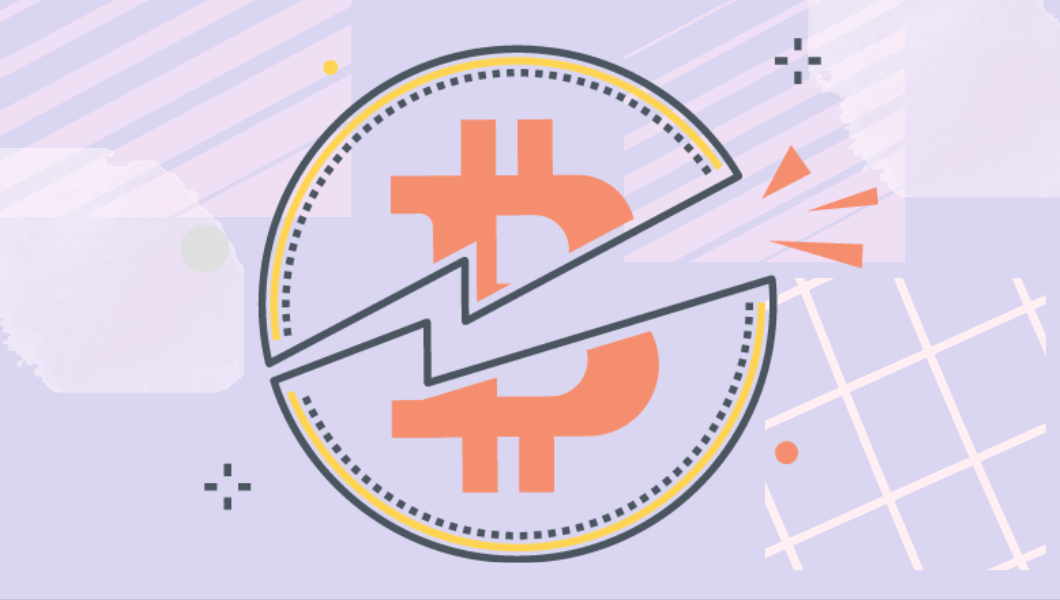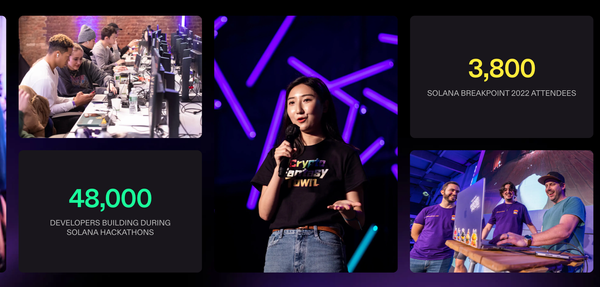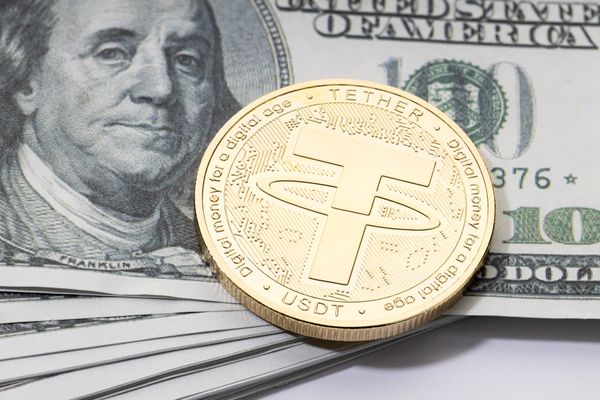What is Bitcoin Halving?

Currencies are issued by sovereign governments and controlled by the central banks of the respective governments. Central banks develop and adopt monetary policy to regulate the supply of currency so as to maintain the overall economic standards of the respective countries.
One of the key functions of a central bank is to regulate the money supply in the country.
Failure to successfully regulate the currency could lead to devastating economic conditions that eventually lead to civil unrest and governments being overthrown.

Therefore monitoring and regulating the currency is a primary function of the government.
Money Supply
Money supply is a very important macroeconomic indicator that needs to be regulated to successfully maintain the health of the economy. Money supply is defined as all the money and other liquid instruments in the country at a given time.
Central banks develop monetary policies to maintain a healthy money supply, which in turn controls macroeconomic factors like interest rate and inflation.
An increase in money supply will result in decreased interest rates which in turn will reduce the cost of capital for businesses. Businesses will be able to borrow money for lesser interest and that will in turn increase production, businesses will create more jobs and eventually that will stimulate the economy. However, excessive money supply will result in inflation which will decrease the actual value of the currency.
Inflation
Money has no intrinsic value, which means that unlike goods like food or clothing, money is pretty useless by itself since it does not have any function or purpose. The value of money comes from the fact that it can be used to buy things that have value, and this is referred to as the purchasing power of money. Usually, purchasing power is measured by how much essentials, like milk or bread, can be purchased with the money. Inflation is said to have happened when the purchasing power of money has decreased.
In general, inflation
- is caused by increased money supply
- decreases the purchasing power of money
- results in decreased interest rates
Hyperinflation, defined as excessive levels of inflation, causes great harm to the society and is usually triggered by excessive money supply.
Bitcoin Mining
Bitcoin mining is the process by which new bitcoins are minted and added to the supply of existing bitcoins.
Bitcoin miners do the following:
- Verify and validate the bitcoin transactions that happen across the chain
- Solve a mathematical problem
The first miner to validate the transaction AND successfully solve the problem wins a reward of newly minted bitcoins.
These newly minted coins increase the bitcoin supply, the number of bitcoins that have been mined so far.
Bitcoin Supply
As Bitcoin becomes more widely adopted, the need arises to regulate its supply. Similar to money supply, the bitcoin supply will have serious economic implications and regulating it will become one of the factors that drive its success.
Satoshi Nakamoto designed it such that there will only be a maximum of 21 Million bitcoins in existence. However, the bitcoins have to be mined in order to bring them into the supply pool. Bitcoin miners 'mint' new bitcoins as reward for their mining work and these new coins are brought into the supply.
In order to control the supply, Satoshi introduced a difficulty in the mining process. The miners solve a problem to get to their reward and Satoshi has made it such that this program gets progressively harder with time. As the problem gets harder, miners need more sophisticated computers with increased computing power to mine the coins.
As it gets more and more difficult to mine the coins, there are lesser coins that will be minted. This helps to regulate the supply of the Bitcoin.
Bitcoin Halving
In addition to progressively increasing the mining difficulty, Satoshi also designed a bitcoin halving event that would occur once every 4 years until all the bitcoins have been mined.
Satoshi mined the first block of bitcoins himself and the block contained 50 bitcoins. Each miner at the time, who successfully mined bitcoin, got a block reward of 50 bitcoins.
The block reward is reduced by half after every halving event (every 4 years)
- 2009 - The initial reward at the beginning was 50 bitcoins
- 2012 - The reward was reduced to 25 bitcoins
- 2016 - The reward was reduced to 12.5 bitcoins
- 2020 - The reward was reduced to 6.25 bitcoins
The reward is the incentive paid to miners for their work and is also the process of minting new coins into the bitcoin supply. The halving events reduce the reward by half thereby controlling and regulating bitcoin's supply.
Bitcoin Price
The price of an asset is decided by the market. One of the key determinant's of an asset's price is its supply, this means that a scarce asset will become more valuable.
Bitcoin was designed to be a scarce asset by limiting the maximum number of bitcoins that can be mined to 21 Million. In addition to making it a scarce asset that has a fixed supply, bitcoin's supply also reduces in half after each halving event. So, the price of the coin increases significantly after each halving event.
As of March 2021, Bitcoin price hit 50,000 USD, the prior halving event was in May 2020 and the next halving event will be in 2024.




